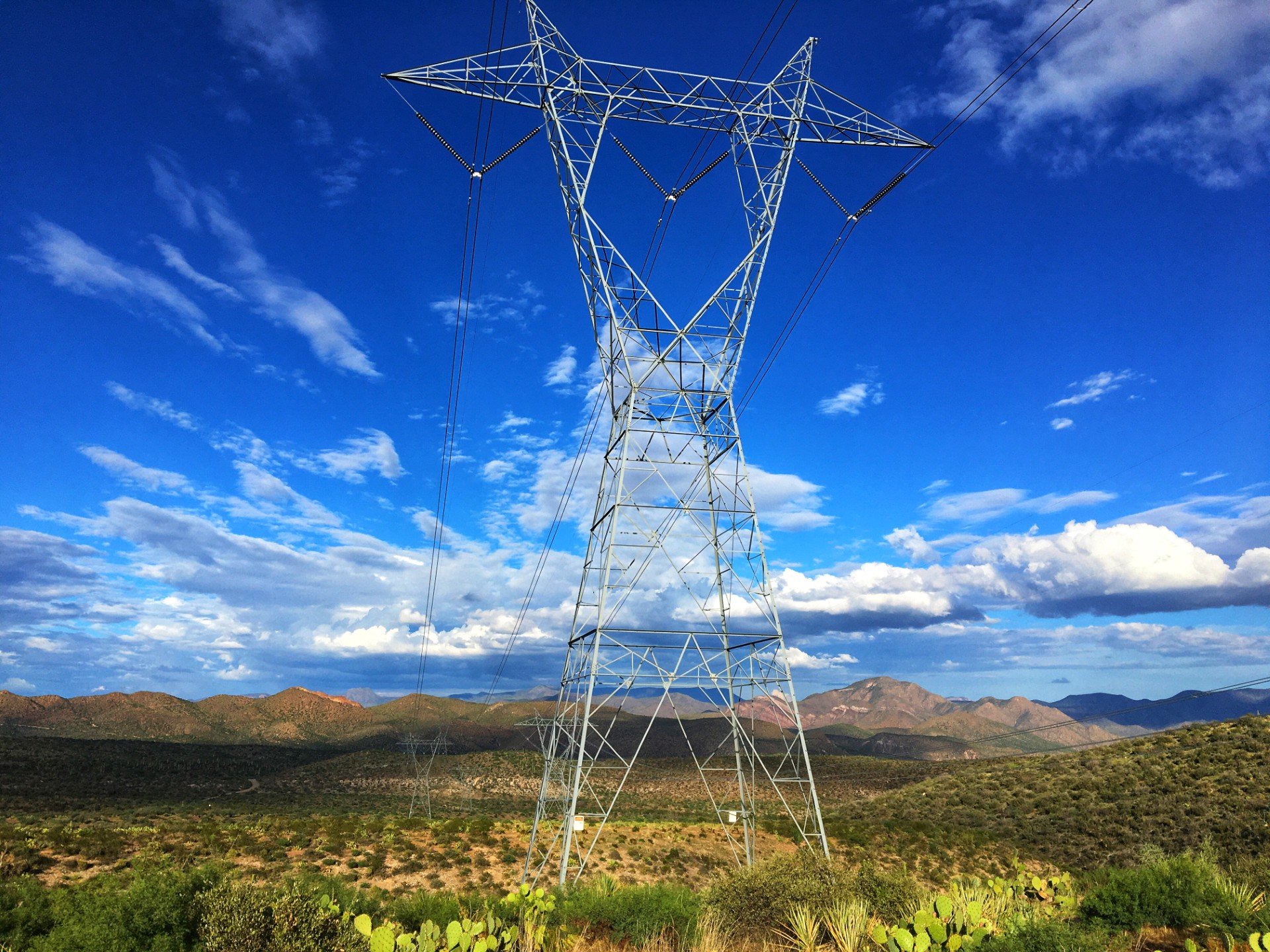EPRI: Electric Power Research Institute
The Contribution of Electric Utility Transmission Line Rights-of-Way to Pollinator Biodiversity in Arizona
Many insects, including a diversity of bees and butterflies, perform essential plant pollination services in natural ecosystems and in agricultural settings. Pollinator populations, however, have been declining in recent decades. One factor contributing to pollinator decline is loss of habitat, which provides food and nesting resources to adult and larval pollinators. As urban and agricultural development continues across the landscape, habitats that support native plant and animal species, including pollinators, are degraded or lost. Strategies to increase native plant and pollinator abundance and diversity can reverse degradation and promote ecosystem health across multiple plant communities.
Power line rights-of-way (ROWs) can serve a critical role in the preservation of native plant and pollinator populations across plant communities. ROWs managed using Integrated Vegetation Management (IVM) are capable of supporting pollinator populations because they can suppress harmful non-native invasive plants and promote native plant diversity. ROWs may provide the only habitat in intensively managed regions and can serve as corridors to connect patches of habitat. Integrated vegetation management, which aims to suppress trees and invasive non-native species while encouraging low growing native grasses and forbs, uses a combination of vegetation management practices. Common management practices include mechanical (e.g., mowing, cutting) and herbicide treatments, which can be used in combination to minimize tree and invasive species abundance and maximize native herbaceous species. The reduction of trees and invasive plants, and enhancement of native plant abundance, can vary by the treatments implemented, time since treatment, the plant community treated, and other environmental factors.
The goal of this project is to evaluate how IVM treatments affect plant and pollinator abundance and composition on ROW in Arizona. Specific objectives are to: 1) determine how different combinations of mechanical and herbicide treatments affect woody overstory, herbaceous understory, and pollinator abundance and composition, 2) compare pollinator abundance and composition in habitat on and adjacent to the ROW across eco-regions in Arizona.
-
Clare Aslan, PhD
Associate Director and Associate Professor, School of Earth and Sustainability
Co-Director, Center for Adaptable Western Landscapes, Northern Arizona University
Seth Munson, PhD
United States Geological Survey
-
Gregory Cruz
PhD Candidate

